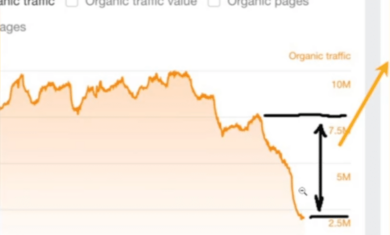About a year ago, I shared the story of an insurance salesman I met that offered every kind of possible insurance there was, which made me realize that he probably wasn’t an expert in any of them. Too many options can be a problem.
The same can be true of your website, though with different consequences. Rather than a user not trusting all of the options, they simply don’t know where to go next. Every page of your site should have a goal, and that should be where you encourage your users to go. If you have dozens of navigation items and many varied calls-to-action on the page, it’s not likely to work out very well for you.
Removing Options
The folks at FeverBee did some testing and found that removing options from their site created huge increases in engagement. In their case, they noticed that of their seven navigation items, only five were regularly clicked — so they removed the other two, and had zero complaints about it.
In a bigger example, they used a variety of criteria to remove a ton of pages and conversations on their site (such as “any discussion which hadn’t been visited by 50+ people within the past year was archived“) and it increased engagement by 22% and increased their search traffic by 17%.
This is why we spend a lot of time with our clients digging into their Analytics and viewing heat map data from their sites. Insights like this image are hugely valuable to help us understand what visitors are clicking on and, more importantly, what they’re not.

It’s very possible that you already have a good idea of which pages on your site are the most frequently used, but if you can verify that with data it can help make you more sure of that decision (or help sell the idea to your boss).
Most users don’t have the time or inclination to just browse around your website, so do everything you can to help guide them where they need to go.



